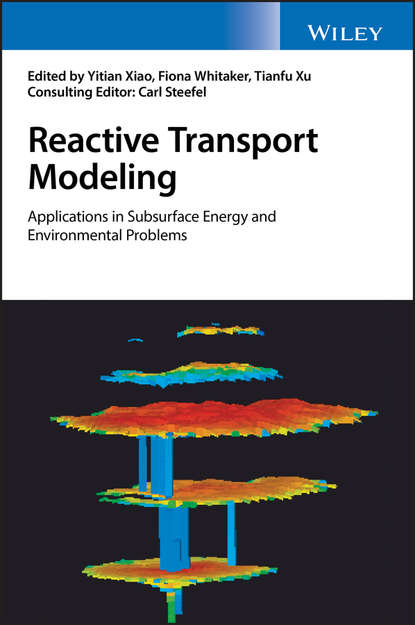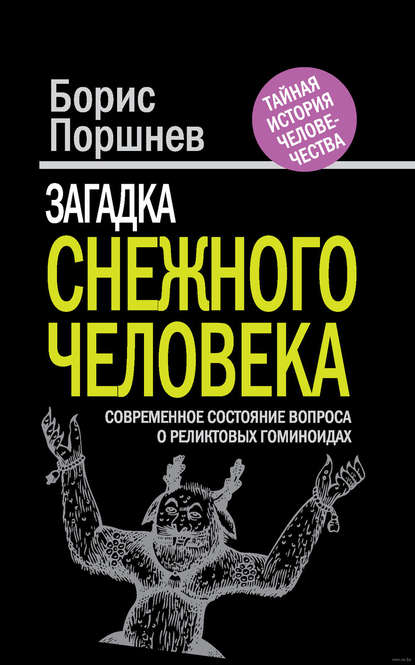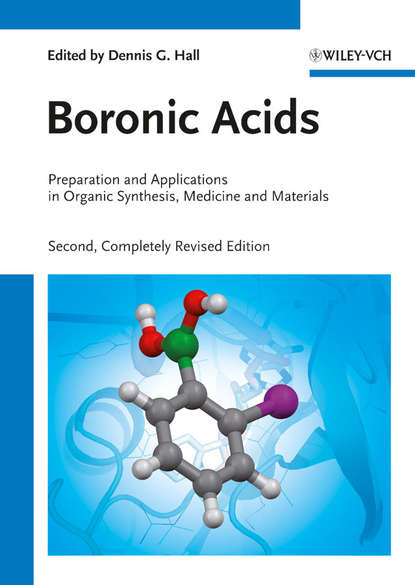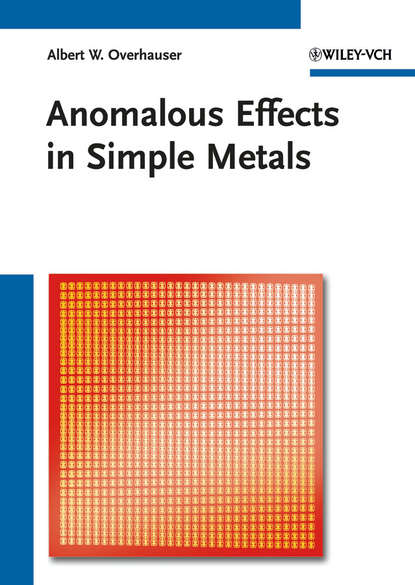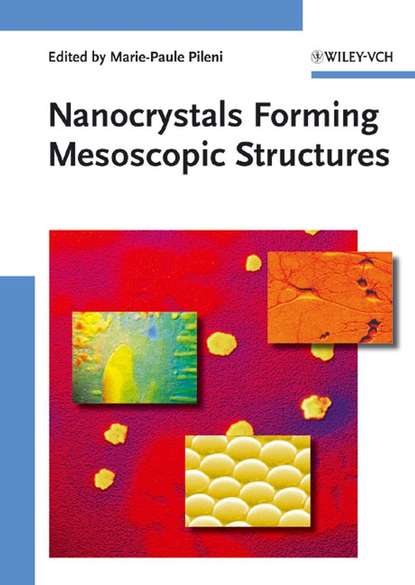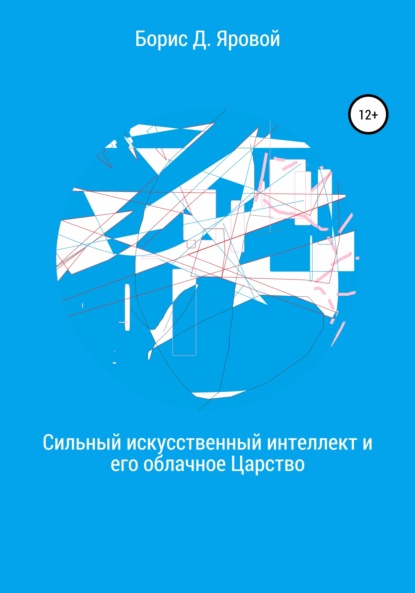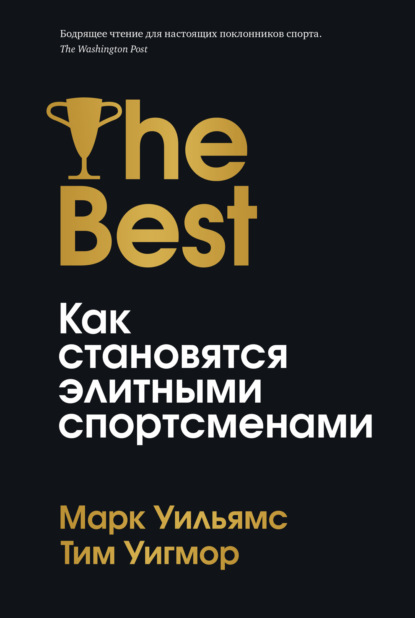Книга “Reactive Transport Modeling” автора Yitian Xiao учит применению реактивного транспорта для моделирования подсистем, чтобы ускорить понимание поведения сложных геологических систем.
В книге изложены основные принципы и подходы к реактивному транспорту для поверхностных и подземных сред, представлены конкретные рабочие процессы и приложения. Обсуждаемые методы все чаще используются в широком спектре научных областей, и предоставленная информация охватывает фундаментальную теорию, практические аспекты запуска моделей реактивного транспорта и способы их применения в конкретных областях. Необходимость использования RTM в инженерных сооружениях, таких как ядерные хранилища отходов или места хранения CO2, постоянно растет, поскольку предвидение будущей эволюции этих систем становится юридическим обязательством. С растущим признанием мощи этих подходов и их широким применением приходит ответственность за обеспечение надлежащего использования доступных инструментов. Цель этой книги - предоставить необходимое понимание ключевых аспектов RTM и, таким образом, помочь идентифицировать и избежать потенциальных проблем.
Книга рассказывает о применении метода реактивного транспорта для моделирования подсистем поверхности и недр Земли, с целью ускорения понимания поведения сложных геологических систем.
Электронная Книга «Reactive Transport Modeling» написана автором Yitian Xiao в году.
Минимальный возраст читателя: 0
Язык: Английский
ISBN: 9781119060017
Описание книги от Yitian Xiao
Teaches the application of Reactive Transport Modeling (RTM) for subsurface systems in order to expedite the understanding of the behavior of complex geological systems This book lays out the basic principles and approaches of Reactive Transport Modeling (RTM) for surface and subsurface environments, presenting specific workflows and applications. The techniques discussed are being increasingly commonly used in a wide range of research fields, and the information provided covers fundamental theory, practical issues in running reactive transport models, and how to apply techniques in specific areas. The need for RTM in engineered facilities, such as nuclear waste repositories or CO2 storage sites, is ever increasing, because the prediction of the future evolution of these systems has become a legal obligation. With increasing recognition of the power of these approaches, and their widening adoption, comes responsibility to ensure appropriate application of available tools. This book aims to provide the requisite understanding of key aspects of RTM, and in doing so help identify and thus avoid potential pitfalls. Reactive Transport Modeling covers: the application of RTM for CO2 sequestration and geothermal energy development; reservoir quality prediction; modeling diagenesis; modeling geochemical processes in oil & gas production; modeling gas hydrate production; reactive transport in fractured and porous media; reactive transport studies for nuclear waste disposal; reactive flow modeling in hydrothermal systems; and modeling biogeochemical processes. Key features include: A comprehensive reference for scientists and practitioners entering the area of reactive transport modeling (RTM) Presented by internationally known experts in the field Covers fundamental theory, practical issues in running reactive transport models, and hands-on examples for applying techniques in specific areas Teaches readers to appreciate the power of RTM and to stimulate usage and application Reactive Transport Modeling is written for graduate students and researchers in academia, government laboratories, and industry who are interested in applying reactive transport modeling to the topic of their research. The book will also appeal to geochemists, hydrogeologists, geophysicists, earth scientists, environmental engineers, and environmental chemists.
